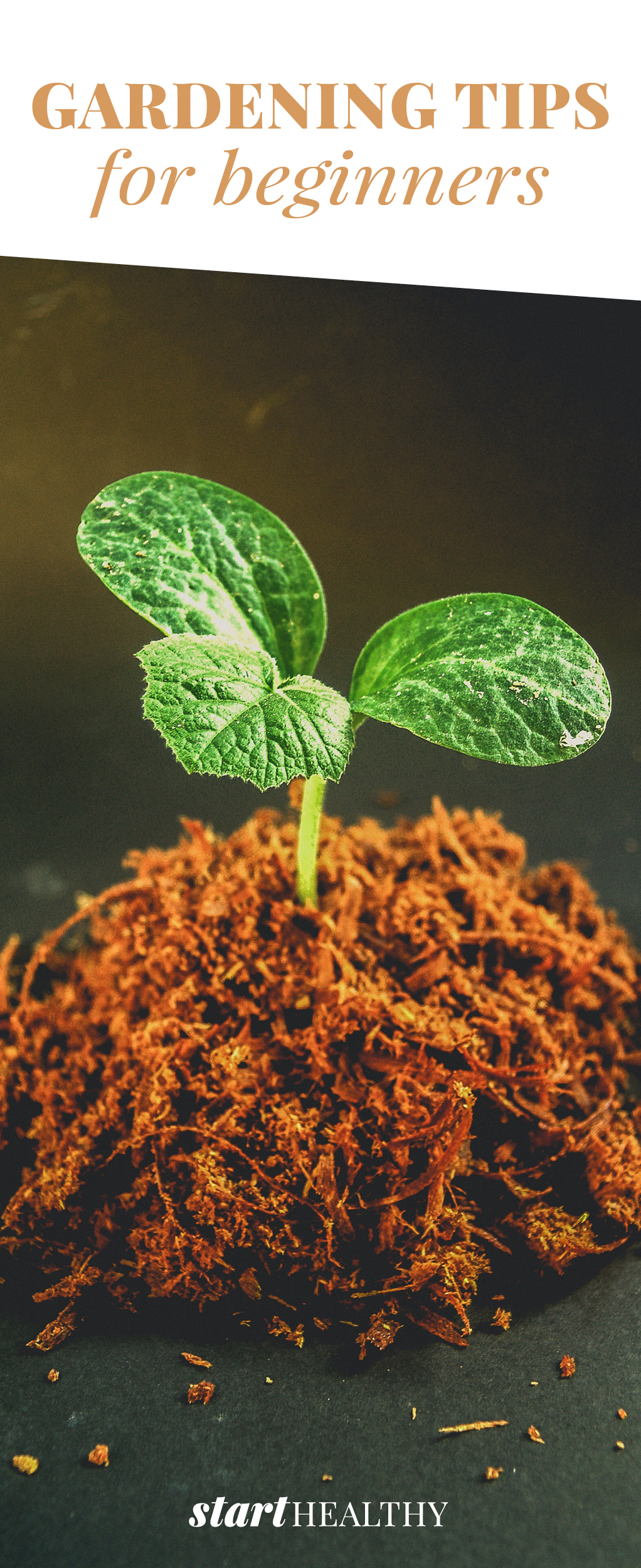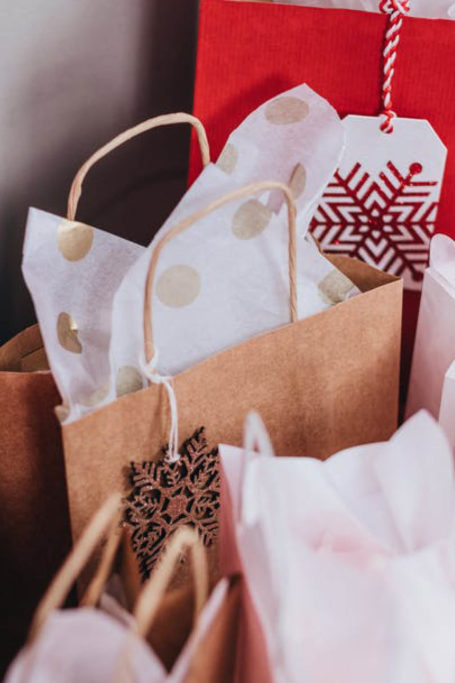5 Gardening Tips for Beginners
Starting a new garden can seem intimidating, especially if you don’t know where to start. Although gardens require a decent amount of work, they can be a piece of cake if you start them correctly. Take a look at these five tips for starting your very first patch!
Pick your place
Just like a home, a garden is all about location. It’s important to find a spot where you can check on it regularly and enjoy its beauty. Also, make sure to pick an area that gets lots of sunlight. Many plants need at least six hours of sunlight a day to stay healthy. Lastly, choose somewhere that’s easily accessible to water.
Search your soil
Before you can start planting, you should determine what kind of soil you have. There are many different types, including clay, loam, and sand, among others. Each type reacts differently to water and plants because of its properties. Here is a detailed list of each kind, how to determine what type you have, and which plants are best for your soil.
Select your seeds
Here comes the fun part—deciding what you want to grow. Whether it’s flowers, herbs, vegetables, or fruit, it’s all up to you. Pick plants that will thrive under the conditions you live in, or foods you often use in recipes. However, don’t go crazy with how much you plant. Since it’s your first time, don’t feel bad about starting small. Pick two or three plants this time around, and then expand little by little in the years to come. There’s no rush!
Dive into digging
After all of the planning is done, it’s finally time to get out there and start planting. Don’t forget to space out your plants so each one has room to grow. Also, it’s important to invest in some mulch to put in your garden. Mulch keeps the plants healthy with nutrients and can prevent weeds from growing. Be consistent with watering the crops and pulling the weeds, if necessary. Once your plants are in full bloom or your fruits and vegetables are ripe, remember to reap the benefits!
Prioritize organization
Since you are putting such hard work into the planning of your garden, you’ll want to remember all your decisions for next year. Keeping a journal with labels, dates, and pictures can save yourself a lot of time in the future. Also, make sure to store the leftover seeds somewhere safe. You could even put the seeds into bags and store them in the journal! It might be helpful to label the plants in your plot as soon as you put them in the dirt. This will clear any confusion of which plants you put where.
Remember, taking care of a garden is a process, so it will take time to become a pro. Having patience and determination will make this journey a lot easier. If you’re looking for some of the most recommended plants to put in your garden, check out this blog.


















